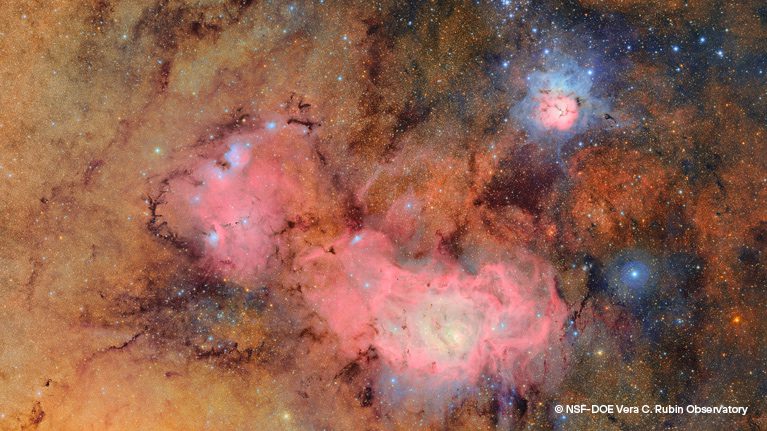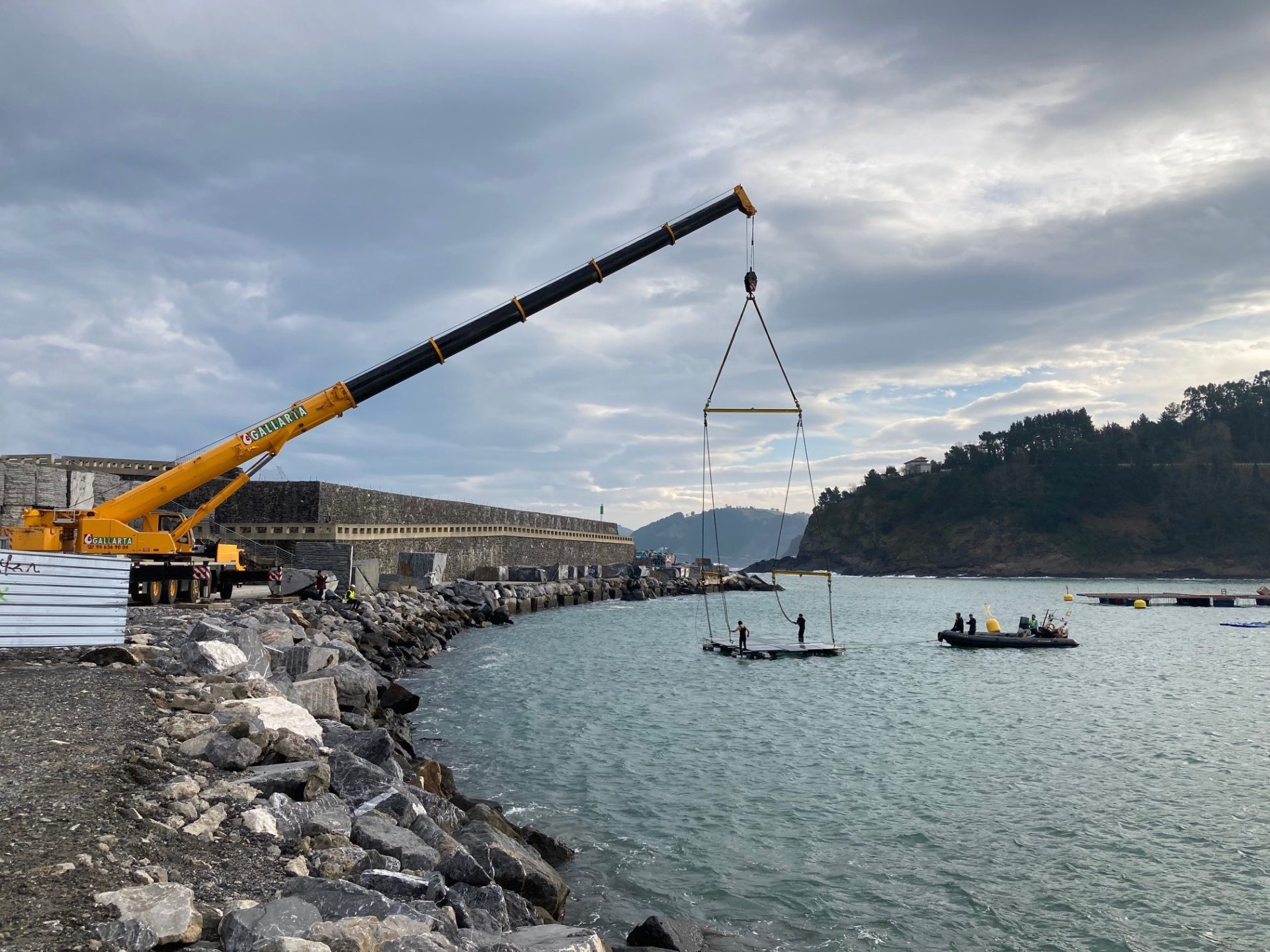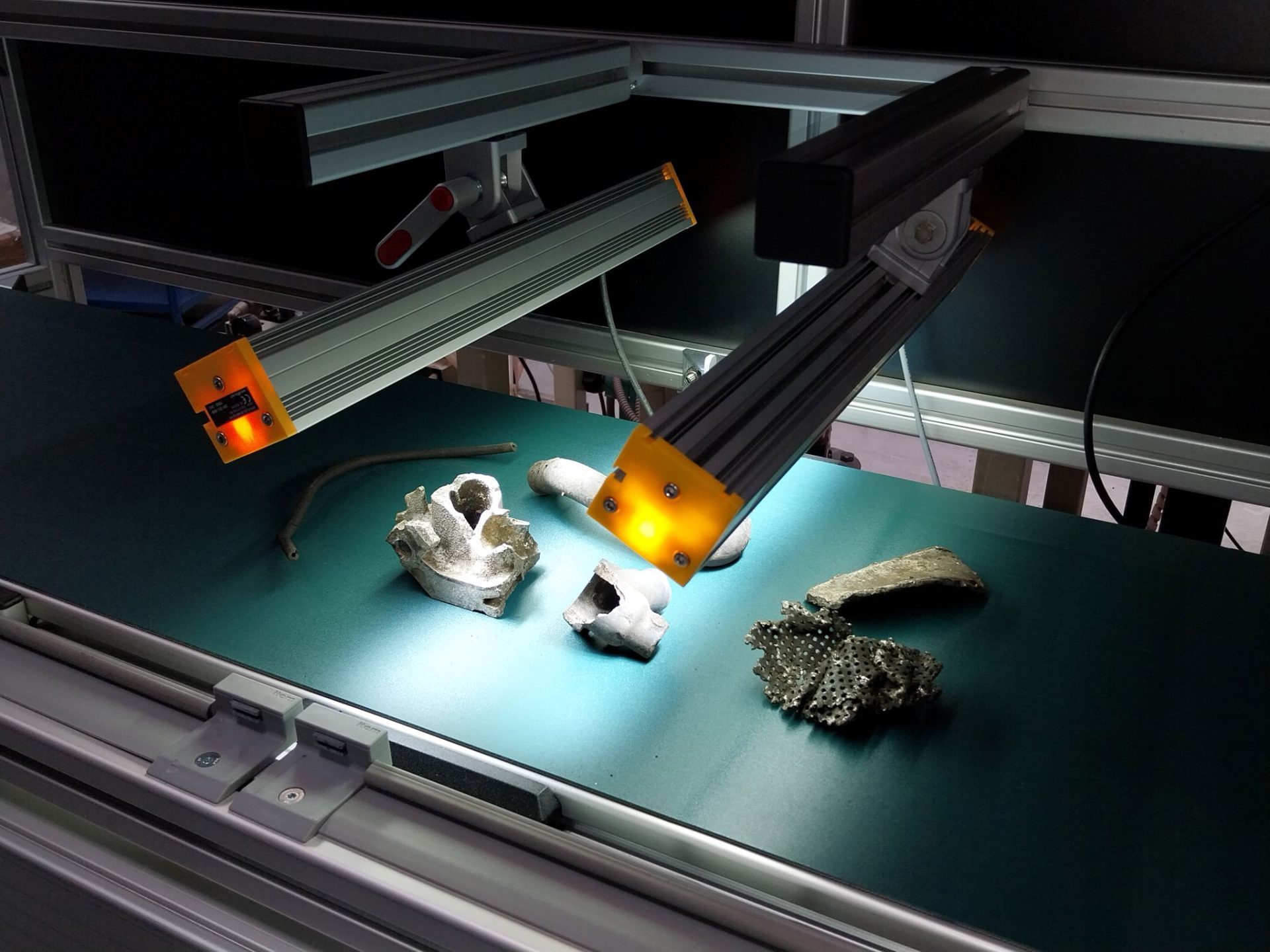The Basque contribution to the observatory that will revolutionise the way we explore the Universe

The Tekniker technology centre has participated in the development of the Vera C. Rubin telescope, a facility that opens up a new field of vision for cosmic research.

The exploration of the cosmos offers a unique and novel perspective thanks to the revolutionary Vera C. Rubin Observatory (NSF–DOE). Using the largest camera ever built, this facility will repeatedly scan the sky for 10 years, creating an ultra-high-definition, wide-field film of the universe. In just one year, it will detect more asteroids than all current telescopes combined.
Thanks to this data, the scientific community will be able to better understand our universe, document its evolution, explore the mysteries of dark energy and dark matter, and find answers to questions we cannot yet imagine. On 23 June, the first images from the Rubin Observatory were released at an international event. The Basque contribution to this project comes from the Tekniker technology centre, a member of the Basque Research and Technology Alliance (BRTA).
Tekniker has played a prominent role throughout the initiative in the design, manufacture, testing and commissioning of the assembly of the Observatory’s 400-tonne telescope mount. Specifically, Tekniker has been responsible for the telescope’s control systems, an essential element that will allow the mirror, which is as wide as a tennis court, to be positioned as quickly as possible and without vibrations to scan the visible sky.
Improving the availability of the telescope
The Tekniker team provided support throughout the installation, adjustment and calibration of the system to improve the availability of the telescope and enable the camera to obtain astronomical images.
Among other things, this system includes elements such as the dome that protects the telescope from inclement weather, active mirrors that move and adapt to different situations to obtain a clear image, and temperature controllers to prevent any hot spots that could distort the images.
‘All elements must work in unison and in perfect harmony to prevent the camera from obtaining blurred or out-of-focus images,’ explains Alberto Izpizua, a researcher at Tekniker.
Among its functions, Tekniker has made the necessary adjustments to ensure the correct functioning of the software and control algorithms designed and developed to provide high movement precision to the equipment. Thanks to this technology, the telescope is capable of making a complete rotation in just 36 seconds and, at the same time, can move so slowly that it would take more than 114 years to make that same rotation.
In addition, the technology centre has collaborated in improving the accuracy and operation of the system that executes the rotation movements of the digital camera. To do this, the researchers have replaced the trajectory generator with their own, specially designed one, and have modified the motion controller.
Tekniker has also contributed its knowledge to the development of the camera’s cable rotator, a mechatronic device necessary to ensure that nothing interferes with its operation. Tekniker’s solution gently winds or unwinds the cables and pipes that go to the camera when it is in rotation, i.e. while it is taking photographs of the visible sky.
Today, Tekniker uses a proprietary digital twin to verify software modifications before implementing them in the telescope, saving time on machine testing and avoiding serious errors.




